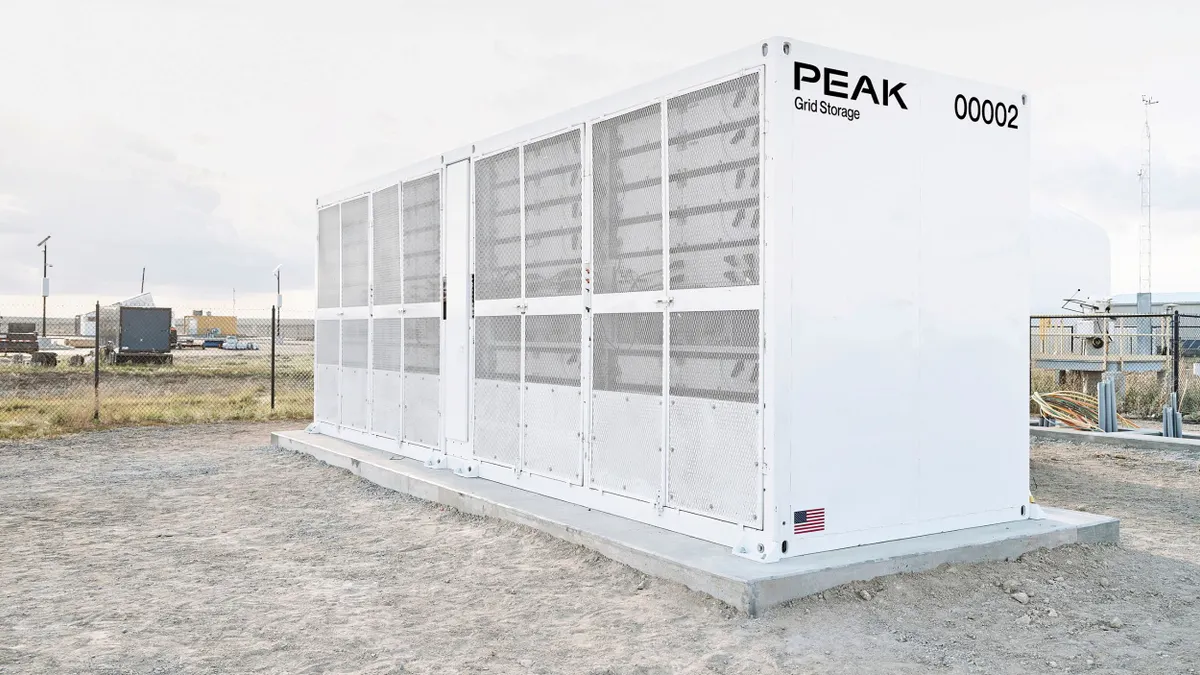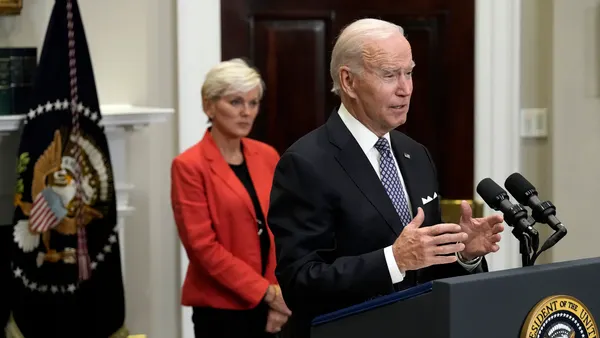Dive Brief:
- The Senate Finance Committee on Monday released its version of the budget bill the House passed in May, offering gentler cuts to the Inflation Reduction Act but still slashing tax incentives, especially those for wind and solar energy.
- The bill allows transferability for the full life of certain IRA energy tax credits, breaking with the House, which proposed ending transferability for 45Q, 45Z and 45X tax credits after 2027.
- The Senate proposal is particularly tough on residential solar and residential batteries, proposing that the 30% 25D tax credit for those items be phased out just 180 days after President Donald Trump signs the budget into law.
Dive Insight:
The Senate proposal removes the House’s tough requirement that projects must break ground within 60 days of the bill’s signing and then be placed in service by the end of 2028 to qualify for technology-neutral clean electricity production and investment tax credits.
The Senate version stipulates that eligible technologies such as nuclear, geothermal and hydropower can claim the 45Y and 48E tax credits as long as they begin construction by 2033. However, it subjects wind and solar energy to different rules.
Wind and solar projects would be able to qualify for 60% of these credits if they break ground by 2026, 20% if they break ground by 2027, and nothing after that.
“For wind and solar, you have particularly large-scale projects that are very much in development,” said Harry Godfrey, who leads Advanced Energy United’s federal policy team. “They're in interconnection. They are in permitting processes that have pilot agreements, but they are likely not to go to construction until ’27 or ’28, so this effectively kills those projects.”
Godfrey said the legislation’s leasing prohibition on third-party wind and solar projects, along with the abrupt termination of 25D, hits the residential solar sector “from multiple angles.”
“Manufacturers are telling me, ‘I don't know whether I [will] keep manufacturing in the U.S. if I don't have a certain degree of certainty about that demand, or at least enough time to be able to transition accordingly’,” he said.
Investment bank Jefferies said in a Monday research note, “Overall, we view [the] Senate's version as a negative for [Sunrun, SolarEdge Technologies, and Enphase Energy,] but do note the potential for storage to still be eligible for 48E under lease … We view the Senate's version of changes to IRA as modestly positive with phase out reintroduced for 48E/45Y. Storage fully unphased out: excellent outcome for [NextEra Energy].”
Godfrey said he was encouraged to see the Senate move away from the “placed in service” requirement to a “commence construction” requirement, though he noted that the strict timelines for wind and solar projects remain an issue. He said he also was encouraged to see a “broader application of transferability across these credits.”
The Senate also moved to preserve the original timelines for the 45Q carbon sequestration and 45X advanced manufacturing credits; the House had voted to sunset those credits after 2028. However, the Senate aligned with the House in electing to end the eligibility of wind components for 45X after 2027.
Addressing foreign entity of concern restrictions, another aspect of the House bill that received criticism from the clean energy sector, Crux, a finance technology company that connects tax credit buyers and sellers, noted in a release that the Senate bill “takes a fundamentally different approach from the House ... on [foreign entity of concern] restrictions. It introduces a material assistance cost ratio framework — modeled off of the existing domestic content bonus structure — that creates a credit-specific framework for qualification based on the level of non-FEOC input sourcing across technology categories.”
Crux said that “initial reactions to the Senate language largely see it as clearer and more workable than the House FEOC provision, but it still will introduce a material, novel compliance burden that could fundamentally constrict the number of qualifying projects across the credits ... This provision will face close scrutiny in the coming days.”
Godfrey said he “doesn’t think this cake is baked yet” — he still sees room for movement on certain issues as this bill moves through the Senate.
“Project developers, if they have a project online where they think that this creates uncertainty and imperils their project, should be calling their [representatives] and making it abundantly clear what is at stake here,” he said. “We've certainly heard receptivity [in the Senate] … I think there are the numbers there to move this in the right direction.”















